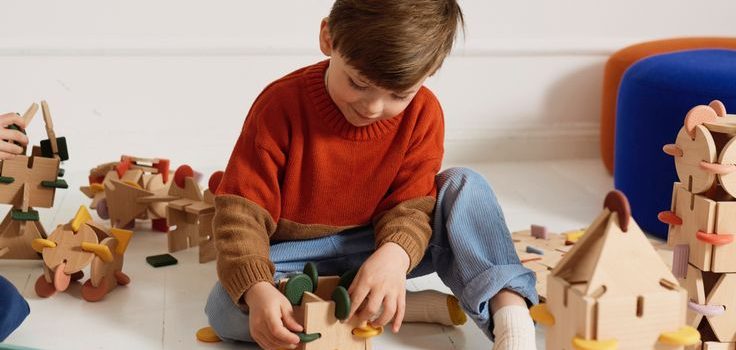
Top Educational Toys for Kids That Make Learning Fun
Understanding the Role of Educational Toys in Cognitive Growth
Educational toys play a pivotal role in nurturing a child’s intellect by offering stimulating activities that challenge the brain in engaging ways. Unlike standard toys, these tools are specifically designed to enhance critical thinking, memory retention, and problem-solving skills. From a young age, children absorb knowledge rapidly through interaction with their environment, and toys that support hands-on learning act as catalysts for deeper comprehension. Whether it’s sorting shapes, building structures, or simulating real-world tasks, these toys help solidify abstract concepts into tangible experiences. The psychological impact of early educational play is profound. Kids who regularly engage with learning-based toys often demonstrate advanced language development, sharper attention spans, and better emotional regulation. Educational play also cultivates intrinsic motivation—the joy of learning for its own sake—by making new information feel like an exciting challenge rather than a chore. When selected thoughtfully, educational toys can become lifelong stepping stones that build a child’s confidence and passion for knowledge.Aligning Toys with Developmental Milestones and Learning Styles
Children grow at varied paces, and their educational needs evolve over time. Choosing toys that align with their developmental stages ensures maximum effectiveness and enjoyment. For babies and toddlers, toys that emphasize sensory exploration—such as textured balls, musical instruments, or colorful stacking rings—support foundational growth. These toys stimulate neural connections, fine motor coordination, and early language patterns. Preschool-aged children thrive with toys that encourage role-playing, imagination, and early academic concepts. Interactive storybooks, phonics games, and counting puzzles help introduce literacy and numeracy in an approachable format. As kids enter elementary school, they benefit from more structured learning experiences. Robotics kits, geography-based board games, and science experiment sets offer immersive ways to explore complex ideas. By tailoring toys to a child’s learning style—visual, auditory, kinesthetic, or a mix—parents and educators can create a personalized path toward academic success.Safety Considerations When Choosing Educational Toys
No matter how beneficial a toy might be academically, its safety must always be a top priority. All educational toys should meet established safety standards and be free from hazardous materials. Parents should seek certifications from reputable organizations like ASTM or the Consumer Product Safety Commission to ensure the toy’s design is appropriate for their child’s age. Small components pose choking risks for young children, while poorly constructed toys may break and lead to sharp edges or exposed wiring. Non-toxic paints, BPA-free plastics, and durable construction materials are ideal features. In addition to physical safety, it’s important to consider the digital security of tech-based educational toys. For connected devices, parents should review privacy policies and control settings to limit exposure to inappropriate content.Balancing Education and Enjoyment in Toy Design
The most effective educational toys are those that children don’t even realize are teaching them. Fun and learning can—and should—go hand-in-hand. Toys that are overly didactic or rigid often fail to capture children’s attention. Instead, items that offer open-ended play, interactive challenges, or gamified experiences tend to be more successful. Examples include building sets that encourage architectural design, math games disguised as treasure hunts, and language apps with animated storytelling. These toys embed learning objectives within enjoyable activities, making the educational process seamless. Children engage more deeply when their imagination is activated and when they feel a sense of achievement through play.Integrating STEM into Everyday Play
STEM—science, technology, engineering, and mathematics—has become an essential focus in early education, and there’s a growing market of toys designed specifically around these disciplines. These toys teach complex subjects in digestible, enjoyable ways. Chemistry sets introduce the basics of reactions and mixtures. Circuit kits simplify electrical engineering concepts. Programming robots offer foundational lessons in coding logic. Introducing these toys at an early age demystifies the fields of science and technology, especially for girls and underrepresented communities. Kids learn by experimenting, observing outcomes, and iterating, which mirrors real-world scientific methods. STEM toys not only improve academic proficiency but also teach resilience, creativity, and teamwork.Conclusion: Empowering Young Minds Through Play
Choosing the right educational toys is more than a shopping decision—it’s an investment in a child’s future. These thoughtfully designed tools can spark curiosity, instill confidence, and develop critical life skills. When selected with care, they open up a world of discovery, joy, and limitless learning potential. Parents, educators, and caregivers have the power to shape young minds not just through instruction, but through playful exploration. With the right toys, learning becomes a lifelong adventure that starts with a simple moment of fun.admin
